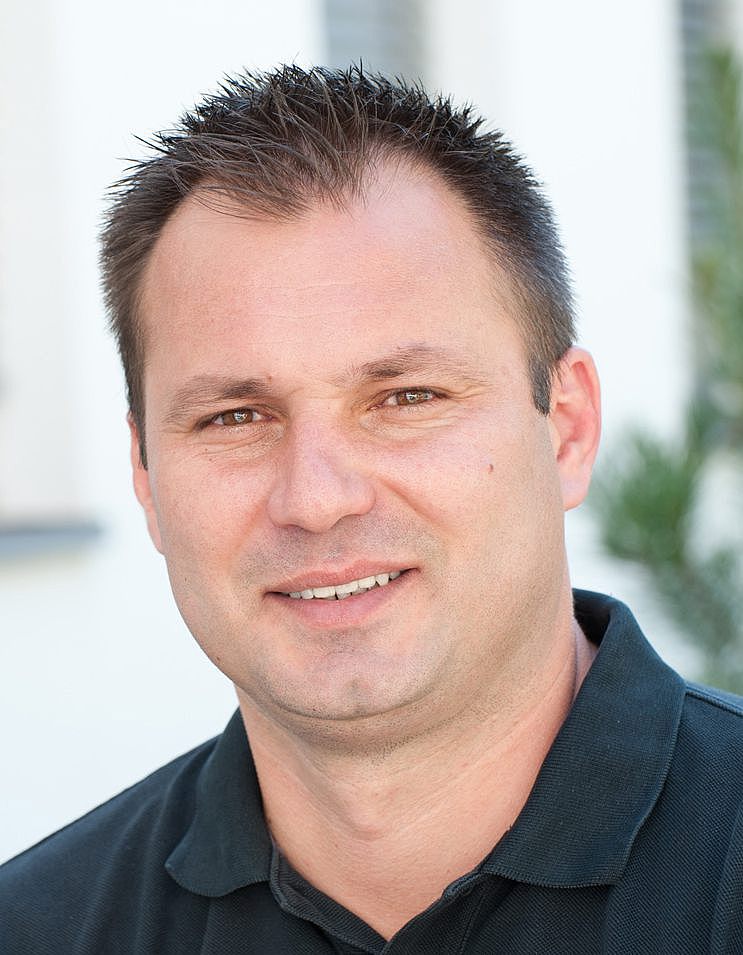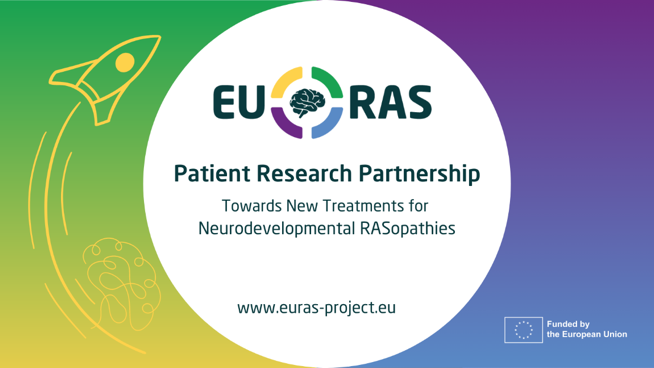
Dr. Ion Cristian Cirstea
Institute of Applied Physiology
Meyerhofstraße
89081 Ulm, Germany
Email: ion.cirstea(at)uni-ulm.de
Fon: +49 731 50-32630
Fax: +49 731 50-36202

| Name | First name | Title | Fon | Fax | Lab | Building | Function | |
| Cirstea | Ion Cristian | Dr. | 23889 | 36202 | ion.cirstea(at)uni-ulm.de | 3.30 | N26 | Group leader |
| Engler | Melanie | Dr. | 23254 | 36202 | melanie.engler(at)uni-ulm.de | 3.30 | N26 | Postdoc |
| Gander | Jonas | cand. med | 23254 | 36202 | jonas.gander(at)uni-ulm.de | 3.30 | N26 | cand. med. |
| Ireri | Moses Munene | M.Sc. | 23254 | 36202 | moses.ireri(at)uni-ulm.de | 3.30 | N26 | PhD student |
Cirstea Research Group focuses on the identification of novel RAS-controlled biological processes and -signaling pathways that are implicated in cancer, RASopathies and neuronal development, energy metabolism, and premature aging and aging-related diseases. For our research, we use cellular and mouse models and a wide variety of cell-based and biochemical techniques.


Dr. Ion Cristian Cirstea
Institute of Applied Physiology
Meyerhofstraße
89081 Ulm, Germany
Email: ion.cirstea(at)uni-ulm.de
Fon: +49 731 50-32630
Fax: +49 731 50-36202
Andrasch Y, Ireri MM, Gander J, Timm AES, Chennappan S, Fidan M, Engler M, Cirstea IC. Impaired MC3T3-E1 osteoblast differentiation triggered by oncogenic HRAS is rescued by the farnesyltransferase inhibitor Tipifarnib. Sci Rep. 2025, in press (accepted).
Busley AV, Gutiérrez-Gutiérrez O, Hammer E, Koitka F, Mirzaiebadizi A, Steinegger M, Pape C, Böhmer L, Schroeder H, Kleinsorge M, Engler M, Cirstea IC, Gremer L, Willbold D, Altmüller A, Marbach F, Hasenfuss G, Zimmermann WH, Ahmadian MR, Wollnik B, Cyganek L. LZTR1 polymerization provokes cardiac pathology in recessive Noonan syndrome. Cell Rep. 2024 43(7):114448.
Engler M, Albers D, Von Maltitz P, Groß R, Münch J, Cirstea IC. ACE2-EGFR-MAPK signaling contributes to SARS-CoV-2 infection. Life Sci. Alliance 2023, 6(9):e202201880.
Cirstea IC*#, Moll HP*#, Tuckermann J*#. Glucocorticoid receptor-RAS - an unexpected couple in cancer. Trends in Cell Biology. 2023, S0962-8924(22)00253-7. *#, Equal contribution and correspondence
Nandi S, Chennappan S, Andrasch Y, Fidan M, Engler M, Ahmad M, Tuckermann JP, Zenker M, Cirstea IC. Increased osteoclastogenesis contributes to bone loss in the Costello syndrome Hras G12V mouse model. Front. Cell Dev. Biol. 2022, 10:1000575.
Caratti B, Fidan M, Caratti G, Breitenecker K, Engler M, Kazemitash N, Traut R, Wittig R, Casanova E, Ahmadian MR, Tuckermann JP#§, Moll HP#§, Cirstea IC#§. The glucocorticoid receptor associates with RAS protein complex to inhibit cell proliferation and tumor growth. Science Signaling 2022, 22;15(726):eabm4452. #§, equal contribution and joint coordination
Motta M*, Fidan M*, Bellacchio E, Pantaleoni F, Schneider-Heieck K, Coppola S, Borck G, Salviati L, Zenker M, Cirstea IC**, Tartaglia M**. Dominant Noonan syndrome-causing LZTR1 mutations specifically affect the Kelch domain substrate-recognition surface and enhance RAS-MAPK signaling. Hum. Mol. Genet. 2019, 28(6), 1007–1022. *, equal contribution; **, equal contribution and joint coordination
Cirstea IC, Gremer L, Dvorsky R, Zenker M, Ahmadian MR. Diverging gain-of-function mechanisms of two novel KRAS mutations associated with Noonan and Cardio-Facio-Cutaneous syndromes. Hum. Mol. Genet. 2013, 22(2):262-70.
Gremer L#, Merbitz-Zahradnik T#, Dvorsky R#, Cirstea IC#, Kratz CP, Zenker M, Wittinghofer A, Ahmadian MR. Germline KRAS mutations cause aberrant biochemical and physical properties leading to developmental disorders. Hum. Mutat. 2011, 32(1):33-43. #, equal contribution.
Cirstea IC, Kutsche K, Dvorsky R, Gremer L, Carta C, Horn D, Roberts AE, Lepri F, Merbitz-Zahradnik T, König R, Kratz CP, Pantaleoni F, Dentici ML, Joshi VA, Kucherlapati RS, Mazzanti L, Mundlos S, Patton MA, Silengo MC, Rossi C, Zampino G, Digilio C, Stuppia L, Seemanova E, Pennacchio LA, Gelb BD, Dallapiccola B, Wittinghofer A, Ahmadian MR, Tartaglia M, Zenker M. A restricted spectrum of NRAS mutations causes Noonan syndrome. Nat. Genet. 2010, 42(1):27-9.